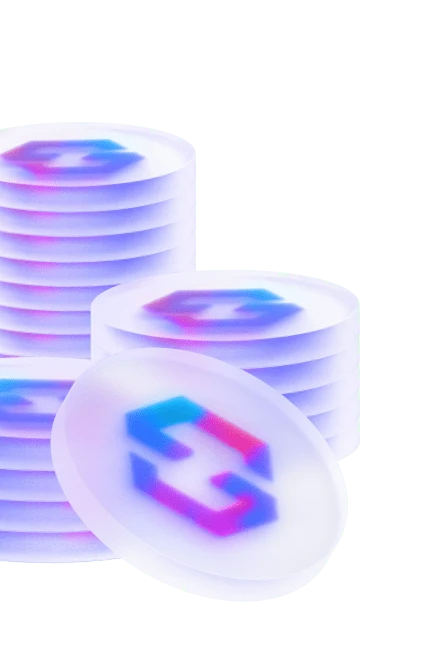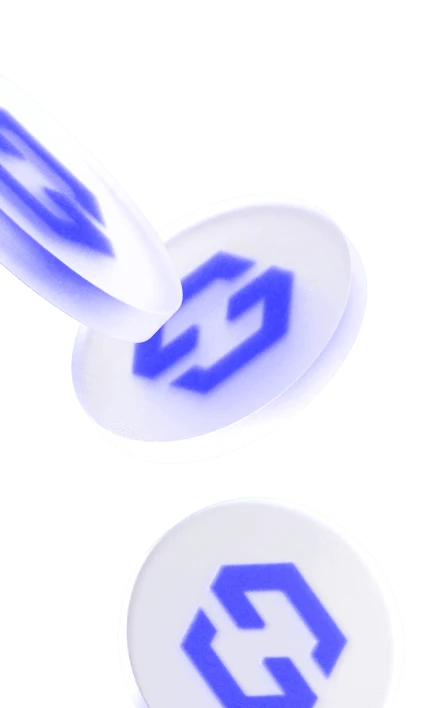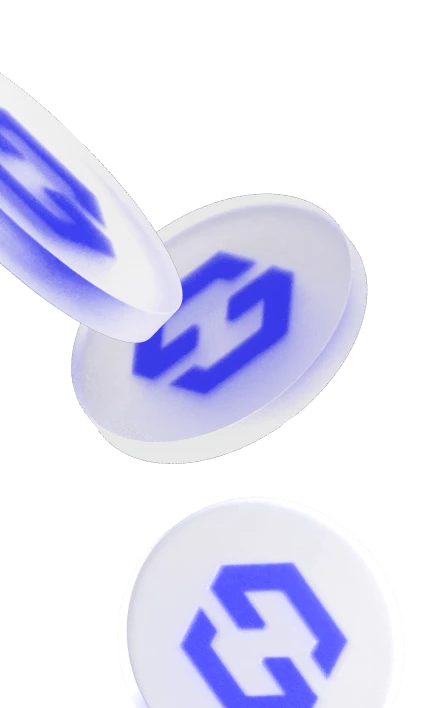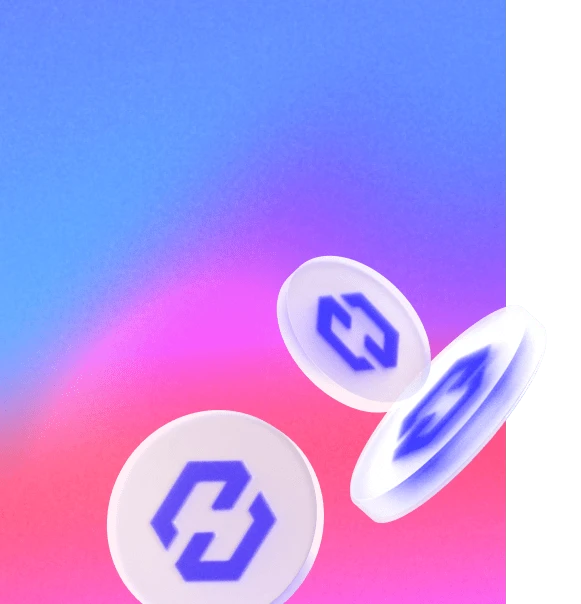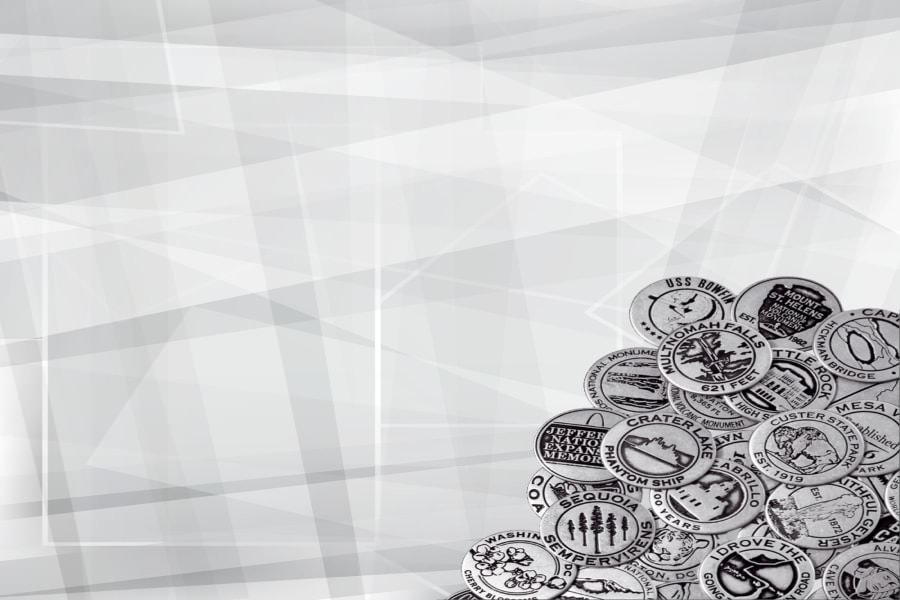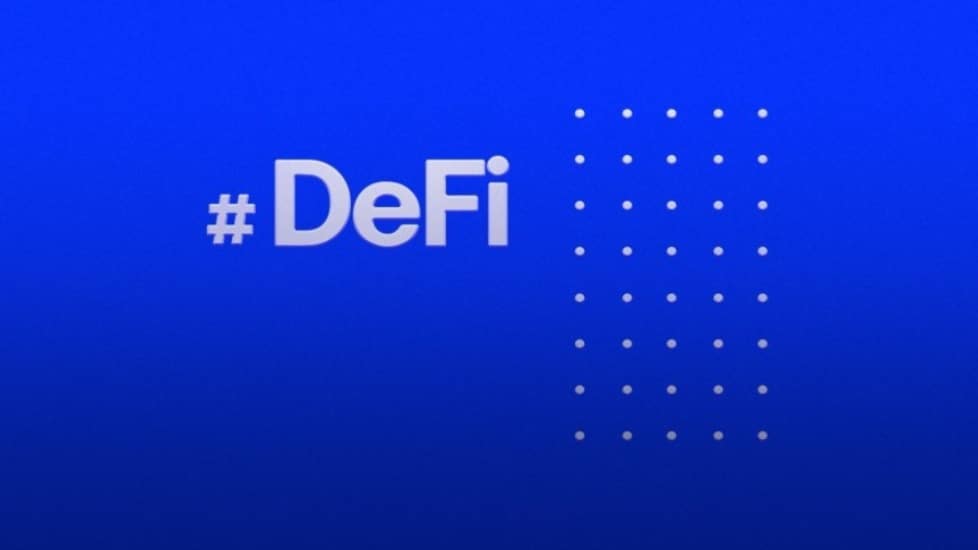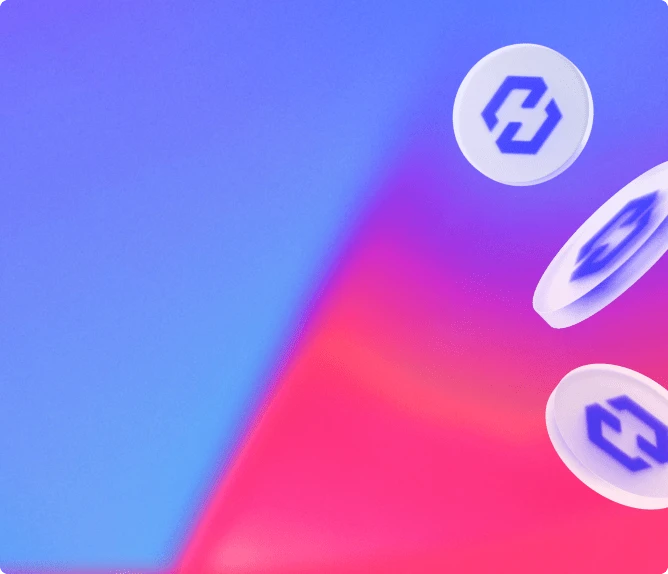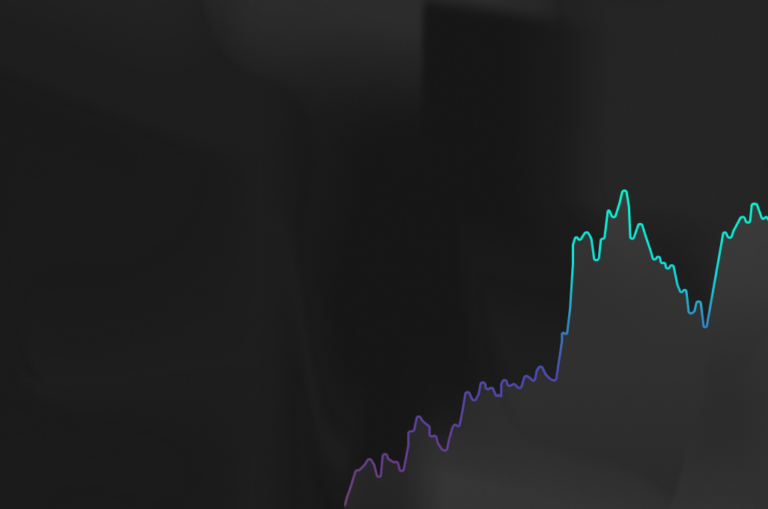Token and cryptocurrency are directly linked. What is a token? In the blockchain ecosystem, a token is any digitally transferable asset between two people. These tokens are issued on a blockchain, most often on Ethereum (Ethereum price live).
Depending on the properties attributed to them, they have different classifications and uses.
Definition of token
What is a crypto token?
This name refers to a non-duplicable digital asset, issued and exchangeable on a blockchain network.
An asset, on the other hand, is any good with value.
More generically, tokens are referred to as cryptocurrencies, although this is a shorthand term.
In reality, a token is not necessarily a crypto-currency with a financial value that can be used to pay for transactions.
Its value can also be, for example, a property right.
Any Internet user or company can create a token and personalize it. What is a token??
What makes it so popular?
The main characteristic of this token is that it is unique, unlike a simple computer file.
For example, if we consider a film stored on a computer to be a digital asset, it can be copied identically, or transferred to other people.
The original owner continues to own it too, and the film has not gained or lost value during these exchanges.
Each user has the same film with the same value.
A token cannot be multiplied.
Only its owner owns it.
Note: take advantage now of the most popular crypto investment with Bitcoin (BTC).
Discover the stability, notoriety, and growth potential of this iconic blockchain. Buy Bitcoin today with Coinhouse to secure your financial future.
The main advantage of tokens is that they are unique.
They can be exchanged via the blockchain without being duplicated, while retaining their value.
They can be used for a multitude of purposes.
The best known is, of course, cryptocurrencies.
In this case, the tokens have the value of currencies.
Crypto tokens can be bought and sold at any time on a dedicated exchange platform.
Its price is subject to high volatility due to the law of supply and demand.
But these tokens can also be created for real estate, copyrights, CAC40 shares, contracts or even to grant a right of access.
The possible applications are endless.
History of tokens
It was with the arrival of Bitcoin (live Bitcoin rate), created by Satoshi NakamotoThe concept of a digital asset that retains its value was developed in the first place.
It was Ethereum that made the token popular, even if it didn’t invent it.
Tokens can be native to a blockchain, such as Bitcoin, or hosted on an existing blockchain via a smart contract: for example, on the Ethereum blockchain, there are many tokens whose usefulness is sometimes questionable.
While Ethereum is indeed the blockchain hosting the most tokens to date, the idea of hosting an asset different from the native token on a Blockchain is older.
As early as 2012, “colored coins” on the Bitcoin Blockchain represent a primitive version of this concept, but will never find a real application.
Subsequently, NXT proposed a blockchain specialized in token generation in 2013 and launched this service in early 2014.
Once again, this protocol will gradually fall into oblivion, due to lack of success.
Why multiple assets on the same blockchain?
Seeing the success of Bitcoin, many cryptoasset projects were launched during the 2011-2015 period, often taking Bitcoin’s source code and making minor modifications like Litecoin, or even changing only the name and symbol(Dogecoin).
All these projects very quickly came up against the limits imposed by decentralization: for a project of this kind to work, you need numerous nodes replicating the blockchain, and you need miners willing to validate transactions, and developers to evolve the protocol and create wallets supporting it.Many of these projects were unable to achieve the critical mass to survive in a highly competitive environment, and have joined the list of assets listed on deadcoins.comthe obituary section for blockchain projects.
The advantage of creating a “hosted” asset on an existing blockchain is therefore obvious: you use the existing infrastructure of the blockchain you’re grafting onto, more or less free of charge.
Miners transparently validate all hosted tokens, nodes replicate all their transactions, and their wallets are immediately compatible.
Creating an Ethereum token today is as easy as going to a websiteJust select a few parameters and pay one or two euros in commissions, to benefit from all the security, functionality and scalability of the underlying Blockchain.
Differences between token and cryptocurrency
It’s not uncommon to see the term cryptocurrency used to refer to tokens, or vice versa.
But they are not the same thing.
A cryptocurrency, such as Bitcoin, Ethereum or Solana, is a virtual currency.
It is based on blockchain technology, with a decentralized and secure system.
It is used as a store of value, a unit of account (known as a “coin”) or an intermediary for transactions.
A token is a digital asset that may or may not be linked to a cryptocurrency.
A token can also be linked to an NFT (non-fungible token).
This link is often used to confer specific ownership or access rights linked to an NFT.
Unlike a crypto, it does not have its own blockchain.
Its uses are manifold.
And finally, to create a token, all you need is a simple template.
The operation, although requiring computer skills, turns out to be fairly straightforward and quick.
In contrast, to develop a cryptocurrency, the process is much longer and more complex.
You need to create the associated blockchain, even if it’s possible to build on an existing one.
Altcoins, for example, are cryptos developed from the Bitcoin blockchain.
How do I get crypto tokens?
A crypto token can be obtained in several ways:
- By registering on a trading platform dedicated to cryptocurrencies.
Simply choose the crypto you want, then buy it.
It can then be stored in a crypto wallet, resold or used to settle online transactions.
- Participating in fund-raising events to finance a project.
For example, ICOs(Initial Coin Offerings), IDOs (Initial Dex Offerings) or IEOs(Initial Exchange Offerings).
In exchange for a sum of money, participants receive crypto tokens linked to the project.
- Another solution is to become a crypto miner on a blockchain.
This involves maintaining the network and validating transactions.
Mining is rewarded with crypto tokens.
What are the different types of tokens?
There are many different types of token, with a wide range of properties and functions.
To acquire the majority of these tokens, you must first buy bitcoinbecause most of them can only be exchanged for BTC.To host them, we’ll also need to find a blockchain that can create smart contractssuch as Stellar, EOS, BNB, KMD and TRON.
Ethereum, however, is the blockchain on which these projects are developing the most.
On Ethereum, standards have emerged since 2017, enabling the creators of these tokens to offer identical functionalities, so that they can be naturally integrated into existing wallets.
A wallet supporting an ERC20 token is immediately compatible with all other ERC20s.
ERC20: fungible tokens
The first token standard to become established in the Ethereum ecosystem, each type of ERC20 token is managed by a smart contract that presents a list of minimal functions: how to create new units, divide them into fractions, destroy them and transfer them to another wallet.
Mostly the result of an ICO (Initial Coin Offering), these tokens are linked to a specific project, with its own value proposition.
Some ERC20s are therefore included in our list of cryptoactives to watch.
ERCs20 can be used in a wide variety of ways: as exchange or value assets within a project’s ecosystem, as a representation of an underlying asset, or as Stablecoins whose value remains fixed in relation to a state currency.
Bitcoins can even be represented in the form of Ethereum tokens, a subject we have already touched on in our article on wBTC.
ERC721: “non-fungible” tokens
NFTs have become indispensable, even if they are often misunderstood.
Many people still think of NFT as a simple digital image that can be resold for incredible sums of money.
Others are familiar with them thanks to video games that have tried to capitalize on the popularity of NFTs by proposing accessories. in game certificates. In reality, NFTs are much more than just authentication certificates for entertainment purposes.
In fact, they are likely to become a must-have in the future.
Many companies, particularly in the luxury and fashion sectors, are already interested in them.
Popularized by CryptoKittiesERC721 tokens are based on the ERC20 and therefore have all its technical features, with one fundamental difference: they are non-fungible tokens that represent a digital object with unique characteristics: a serial number, a name, character features or game objects.
The term “crypto-collectible” is also used, very popular in the video game or property sectors.
ERC721s are always unique, and can neither be replicated nor subdivided into fractional tokens. So you can only own a whole unit.
Learn more about this type of token in our article on Enjin(Enfin Coin course).
ERC1411: security tokens
Again based on the ERC20, security tokens are assets that need to comply with financial law.
They represent financial products in the classical sense, such as shares, bonds, debts or property titles.
Subject to the same rules as conventional products, investment or trading in these assets is limited to so-called “qualified” investors. Our article on STOs article goes into more detail on this subject.The particularity of ERC1411 tokens is that they cannot be freely transferred like conventional ERC20s: a third party is responsible for authorizing or not the transfer of these digital objects, in order to comply with state laws and regulations governing the underlying assets they represent.
This authorization is managed by the smart contract via which these assets were generated.
Digital assets are thus adapting to existing law, and it is likely that security tokens will be the fastest to benefit from a legal framework, as their existence represents no more than a technical evolution of traditional financial products.
While there are other, far more exotic forms of token, the most widely used are included in these three broad classifications, which already represent several thousand assets of widely varying interest and value proposition.
Token and Altcoins
At present, the most numerous and interesting projects are being developed on the Ethereum blockchain.
There are a few tokens in production on the EOS and TRON blockchains, but it has to be said that their applications are almost exclusively in the field of gambling, which rarely represents a technological tour de force.
With the development of new altcoins, the limits of the token are constantly being pushed back.
Among the altcoins to watch in 2023, for example, is the crypto The Sandbox (SAND), a metaverse project in which giants such as Ubisoft and HSBC are already taking an interest.
This project is also helping to bring the famous NFT, non-fungible tokens, to the fore. Filecoin, another altcoin, is also enjoying growing success.
This project aims to take advantage of blockchain technology to offer faster, more convenient cloud storage solutions.
It could thus upset a company as large as Amazon Web Services.
Another project to keep a close eye on in 2023 is Solana.
Created in 2017, this altcoin was not officially launched until 2020.
It immediately attracted a lot of attention.
Some already see it dethroning Ethereum due to its unbeatable transaction speeds and low fees.
This altcoin also stands out for its consensus mechanism based on Proof of History (PoH).
The barrier to entry for creating and managing a token has become extremely low.
So, to avoid dubious projects, it’s essential to have a trusted partner with expertise like Coinhouse.
Tokens are still too often confused with cryptocurrencies.
Yet their usefulness goes far beyond simple transactions on an exchange platform or currency stored in a wallet.
They are now becoming essential to a wide range of projects.
The financial, insurance and healthcare sectors, as well as the video game and fashion industries, are all very interested in tokens.
The possibilities are numerous, including authentication, exchanges and right of entry.
Tokens will continue to develop and contribute to the emergence of new services.
